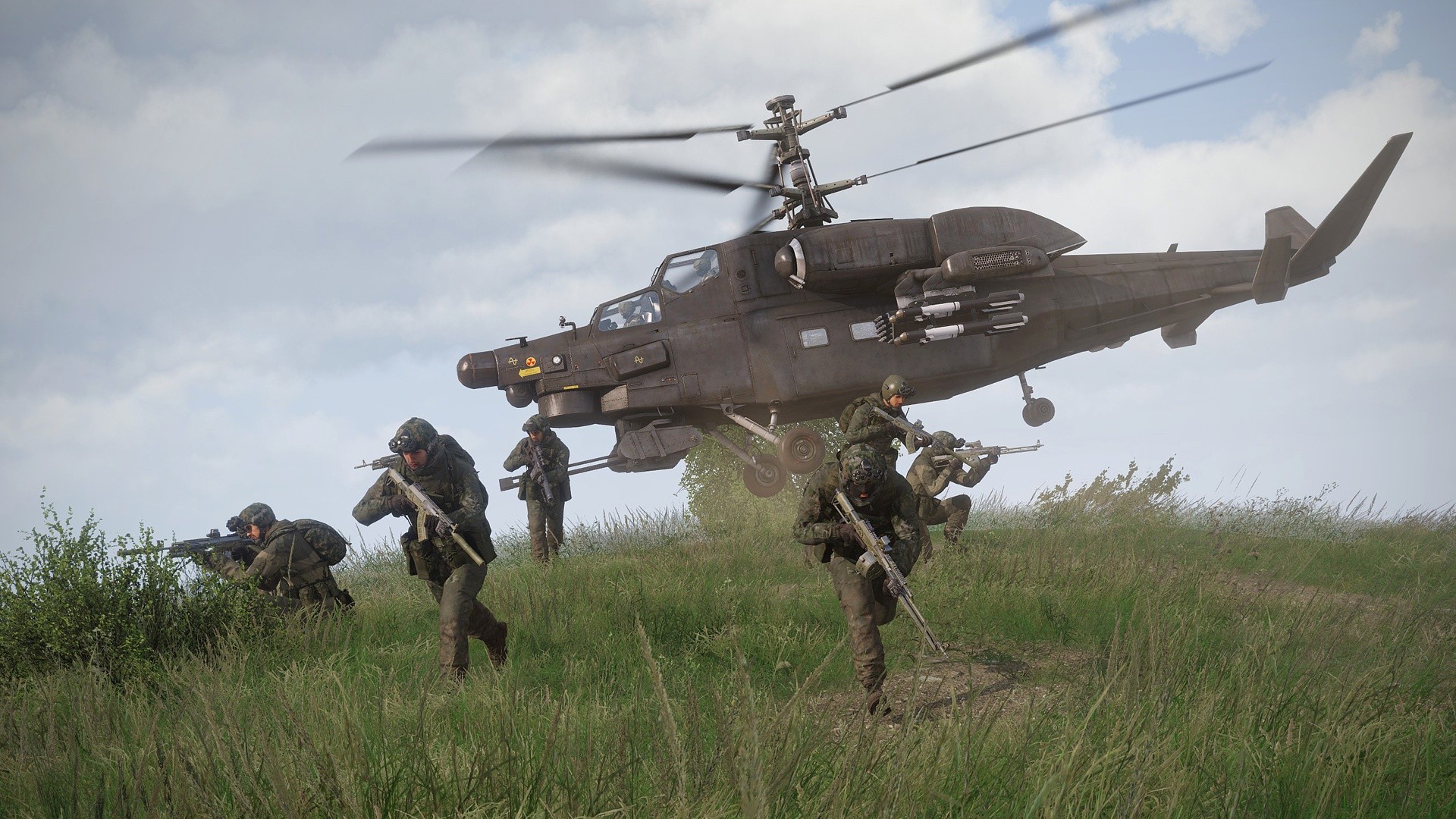

Dyslexi's Tactics, Techniques, & Procedures for Arma 3 (TTP3) The Warrior Ethos and Soldier Combat Skills (FM 3-21.75 / FM 21-75)

Soldier’s Manual of Common Tasks Warrior Leader Skills Level 2, 3, and 4 (STP 21-24-SMCT) US Army Techniques Publication, Infantry Platoon and Squad (ATP 3-21.8) Our written and audio procedures are a combination of the following primary source materials, as well as our own learnings, modifications and adaptations: UNITAF Standard Operating procedures (SOP) are adapted primarly from US Army Training and Doctrine Command (TRADOC). You should use Tourniquets as temporary blood suppression tools, and replace them with bandages as time allows. This in turn will raise his heartrate and blood pressure, which in itself is not lethal.Ī CAT-3 MINIMAL patient with a tourniquet applied to either leg will not be able to sprint.įailure to remove Tourniquets from a patient prior to application of PAK will result in loss of those Tourniquets Roughly 5 minutes post application it will begin to cause pain to the patient. Tourniquets can only be applied on limbs.Ī single tourniquet after application will stop bleeding from that wound. They will cause pain to the patient over time, but are a great short term solution due to their quick application time.Īpply a tourniquet whenever there are multiple wounds on a single limb It is used to stop bleeding for a short time, before a bandage can be applied to fully close a wound. In the below chart the most effective bandage for each wound type and each metric is marked with a +Ī tourniquet is a device which applies pressure to a limb or extremity in order to limit – but not stop – the flow of blood. For someone who does not have a advanced understanding of the wound types or bandages, a Quick Clot can be carried universally. In a general sense, the most effective all purpose bandage is the Quick Clot and in respect of Infantry (non-medical) personnel since it's effective against all types of wound and suppresses all wounds reasonably well. Yet if it cannot be immediately stitched then a Quick Clot would be more effective since it will suppress re-opening for a longer time - which is useful for infantry that need to cover some distance until they can deal with minor injuries. For example, in the case a wound needs to be closed and can be immediately stitched, a Elastic Bandage may be most effective. Each bandage takes a different time to apply and some effects are not always negative. While there is no perfect all-in-one bandage, application depends on circumstance. "Efficiency" The number of bandages required to close the wound for one time "Reopening" The chance that the wound will re-open The chart below demonstrates the effectiveness of the 4 bandage types against the 8 wound types. Both bandages and tourniquets are the primary method to suppress bleeding


 0 kommentar(er)
0 kommentar(er)
